As a child, my parents and I used to drive past this imposing castle to visit my grandparents almost every weekend. I wanted very much to visit the castle, to see how the king and queen, the nobles and the servants lived there :) But that was not possible at that time, the castle was closed for the visitor's safety, and it remained so for many years. It was closed for 80 long years. The castle was reopened for guided tours in 2017. Then came the pandemic. This year in April, it reopened its doors to visitors. So, I finally had the day when my childhood dream came true, and my family and I visited Rihemberk Castle.

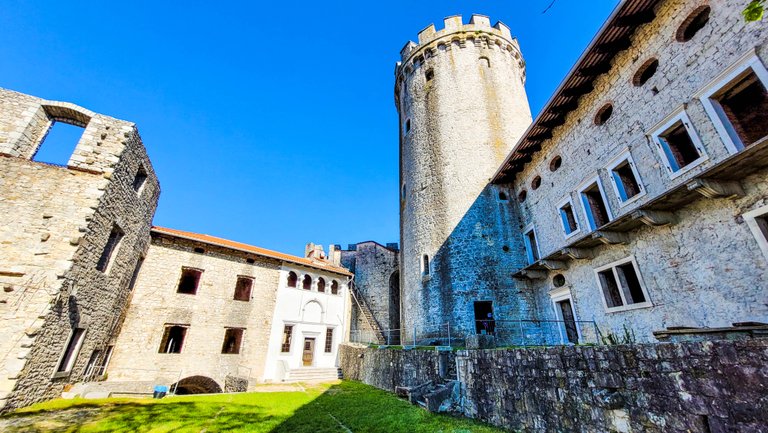
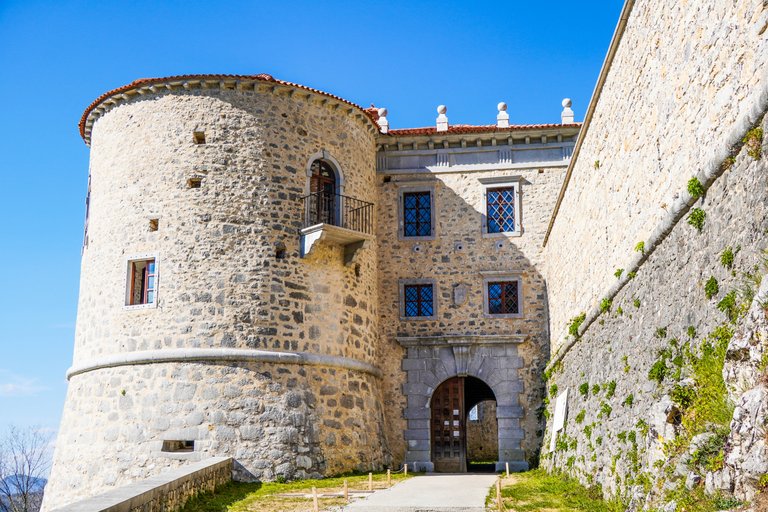
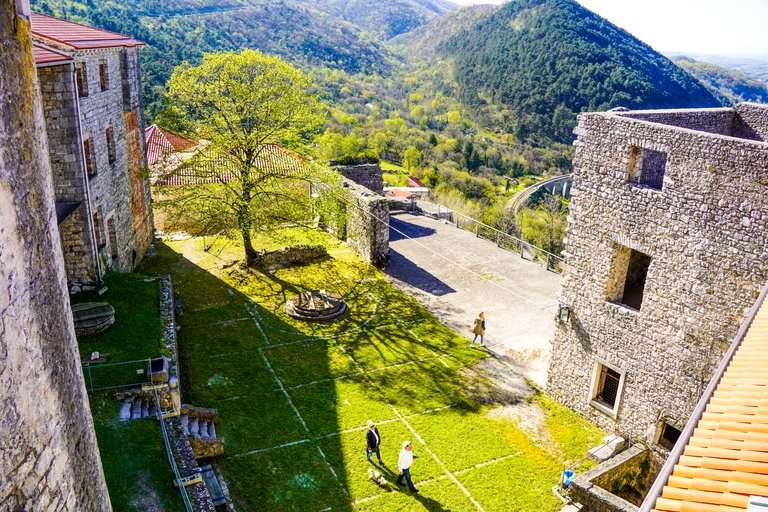
With its rich history, unique architecture, and magnificent views of the surrounding countryside, it is one of the most beautiful castles in Slovenia. Rihemberk Castle is situated on a hill above the village of Branik, in the western part of Slovenia, at the crossroads between the Vipava Valley and the Karst. It was built at the beginning of the 13th century as a defensive castle, as it was important for controlling the trade route between Friuli and Carniola Region at the time. Its first mention dates back to the year 1230, in connection with its original owners, the lords of Rihemberk, who also gave the castle its name. The castle area is also included in the Natura 2000 programme for its special features, but more on that later. The castle is also home to rare bat species.
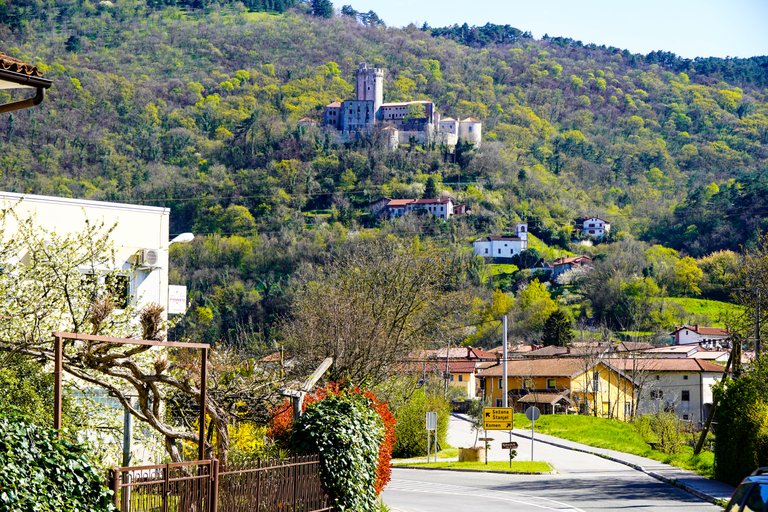
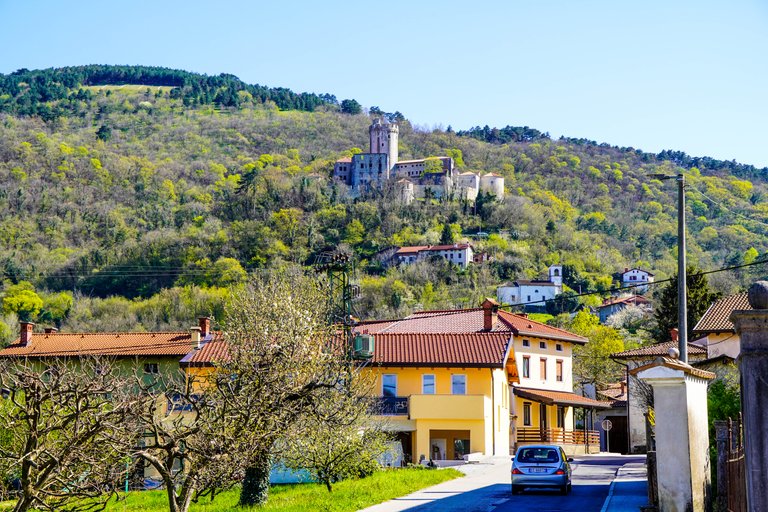
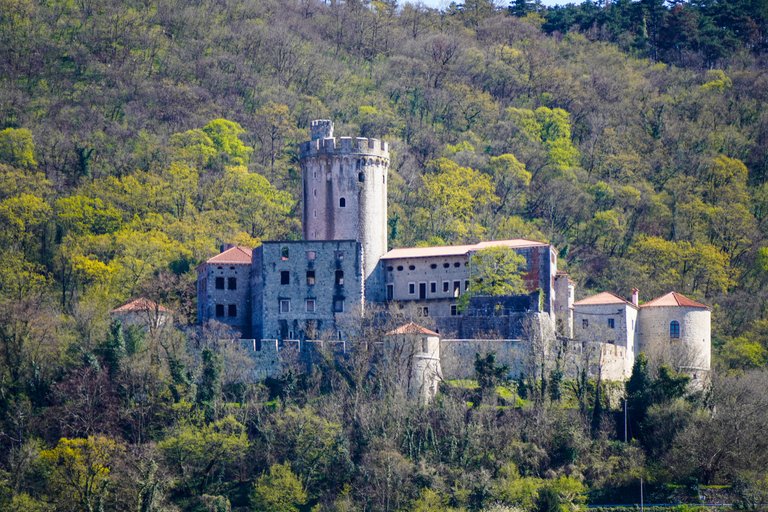
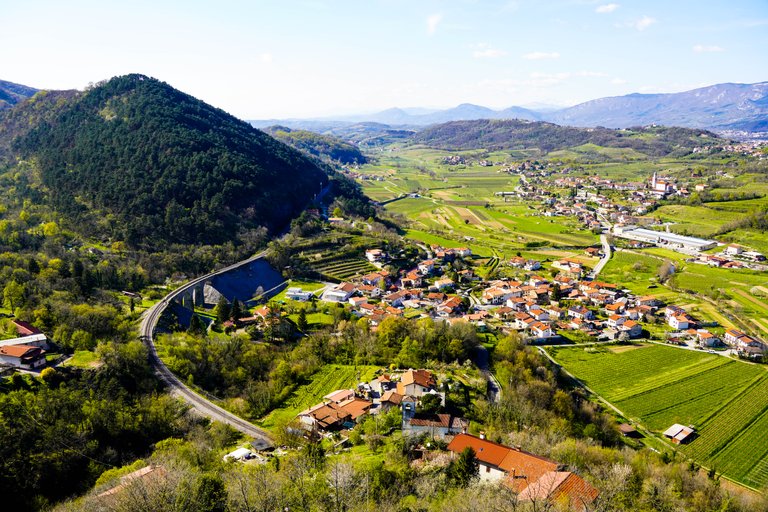
Unfortunately, the interior of the castle is empty - there are no precious objects that were used by the castle's inhabitants. If you come expecting to see restored bedrooms, dining rooms, luxurious living rooms, paintings, statues, and other works of art, you will be severely disappointed. Part of the castle has been mined, demolished and sawn down, and what is left has been destroyed or stolen during its 80 years of abandonment. All that is left of the castle are the stone walls and the contents that were brought in after the castle was rebuilt. Nevertheless, it's a great excursion for a Sunday afternoon with the family. What is on display is also priceless, as it represents a cultural and historical heritage that has been preserved over the centuries.
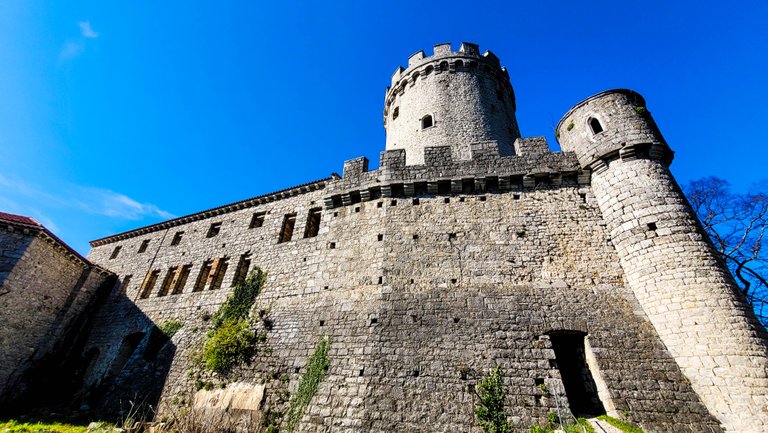
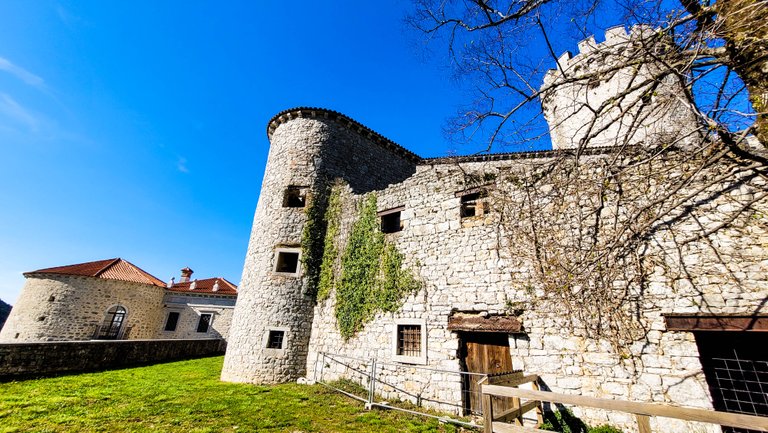
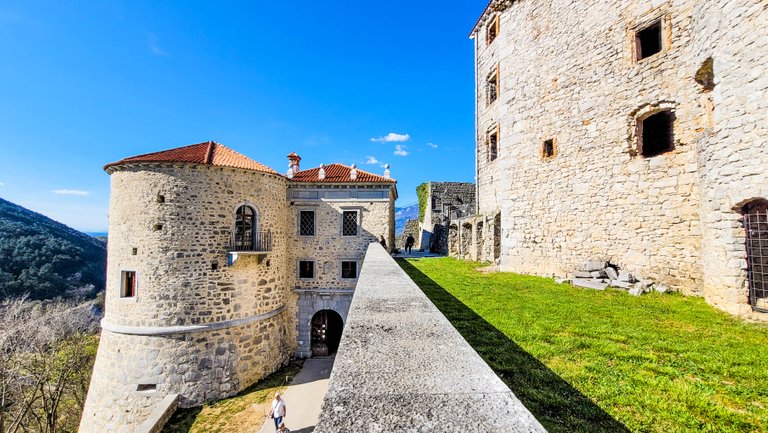
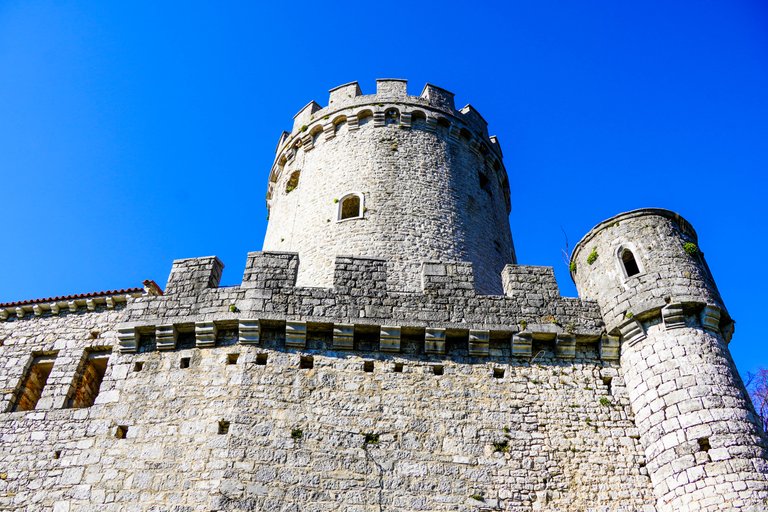
A few more information for history lovers. The castle is built in the shape of an irregular pentagon. As I have already mentioned, the first owners of the castle were the lords of Rihemberk, a noble family serving the counts of Gorizia. When the last male descendant of the family died, the Counts of Gorizia became the owners of the castle and later in the 15th century the Habsburgs. In the 16th century, Rihemberk Castle came into the hands of the noble Lanthieri family, which had a considerable influence on the development of the castle. They were the owners of the castle for more than 400 years. In the middle of the 17th century, the castle was enlarged to give it its present appearance. During the Second World War, in 1944, the castle was burnt down and mined by the partisans because the occupying forces were using it as a military base.
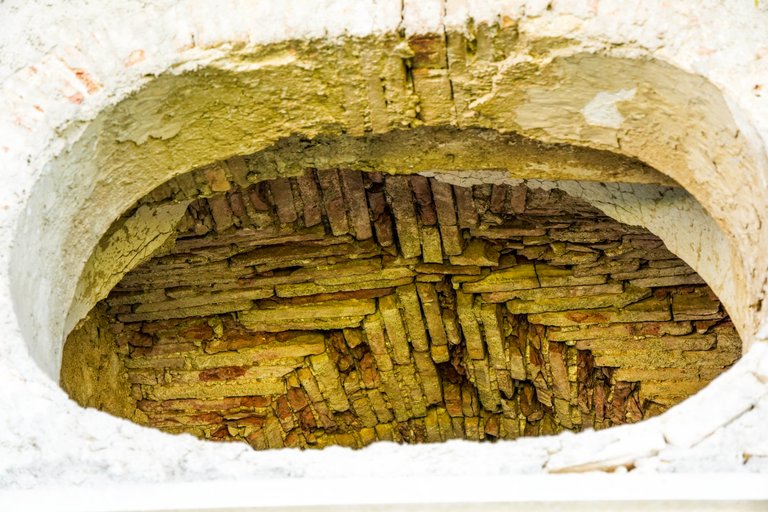

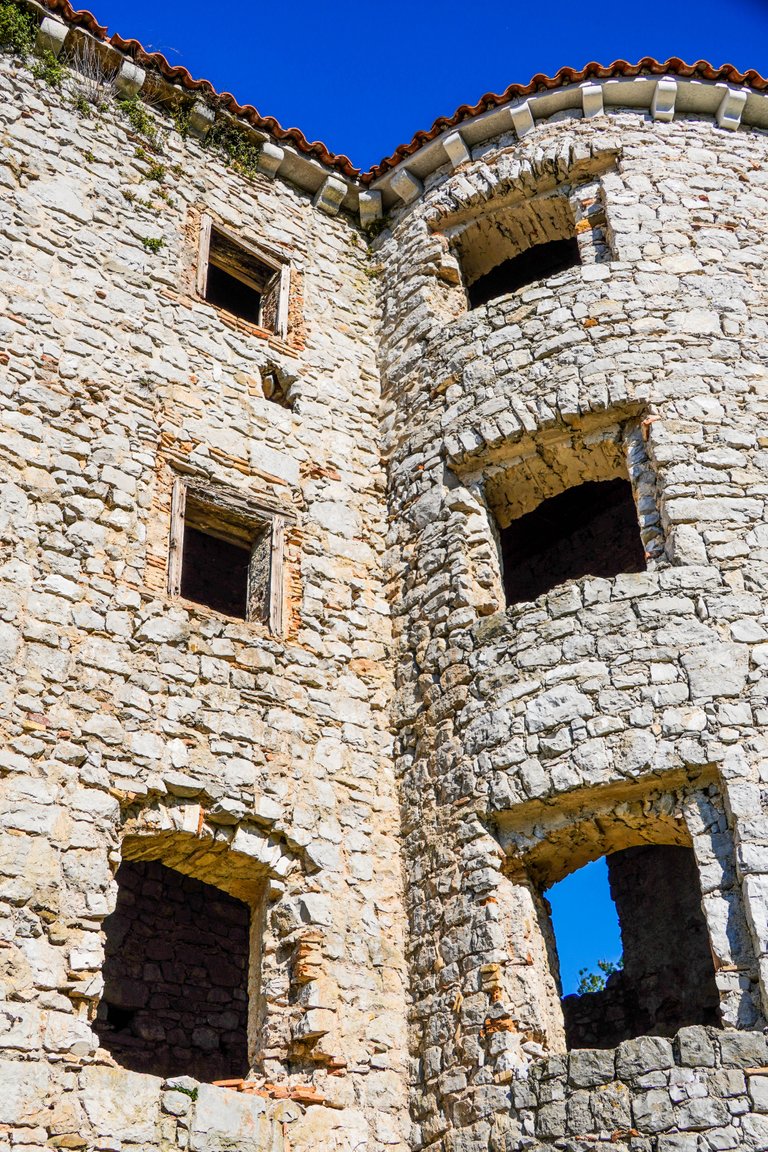
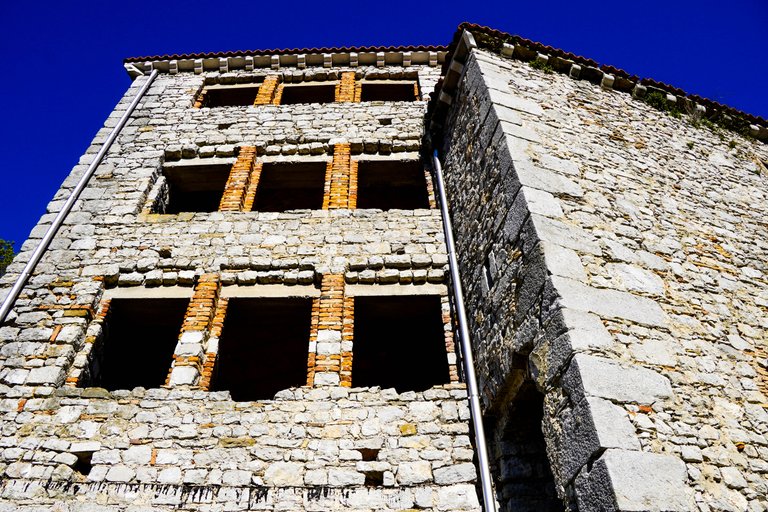
It was only in the 1960s that it received serious restoration work. In 1999, the castle became the property of the Republic of Slovenia and was declared a cultural monument of national importance. In 2013, it became the property of the local community, and in 2017 the castle complex was partially restored and opened to the public. Today, the castle is developing into one of the most visited and popular places in this part of Slovenia. Plans are also underway to make the castle one of the venues for the European Capital of Culture, which will be hosted by Nova Gorica and Gorizia in 2025.

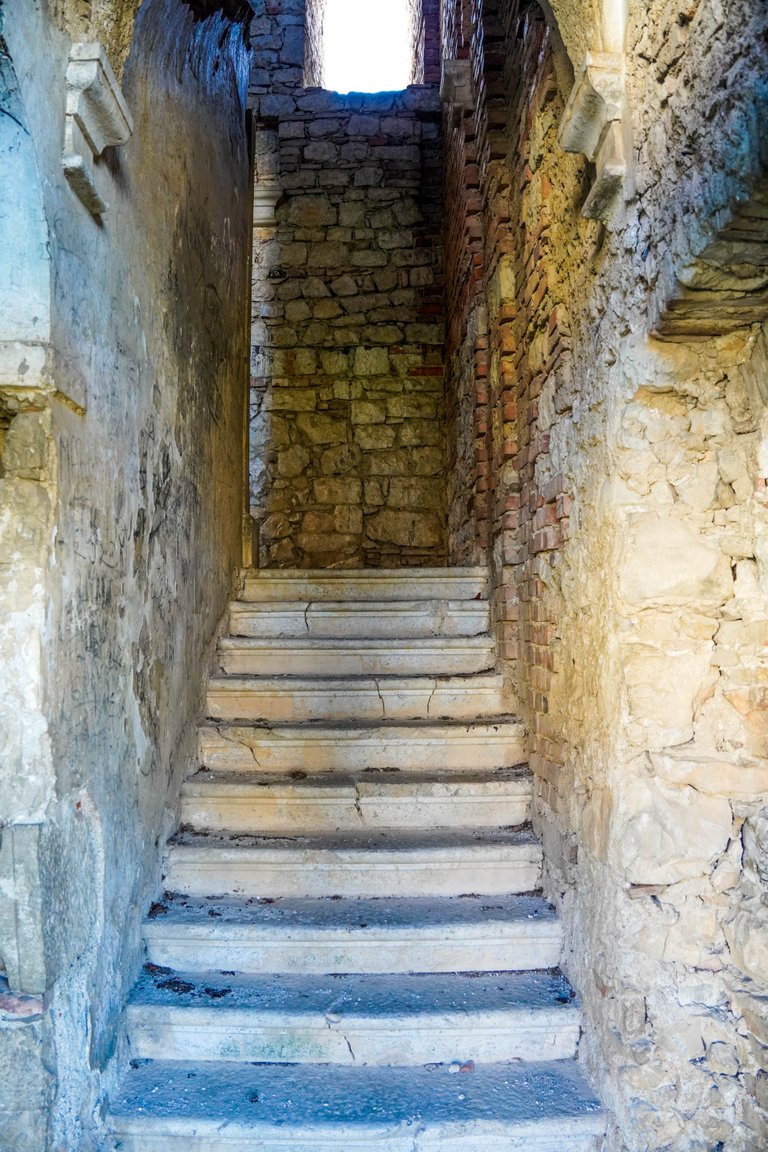
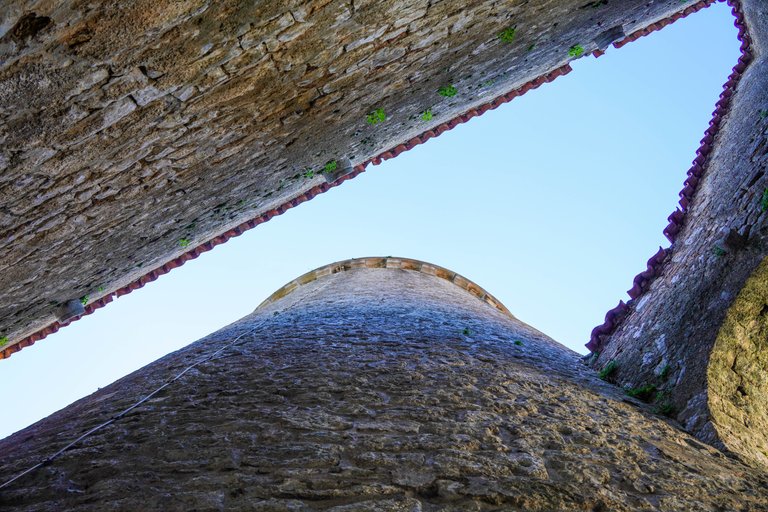
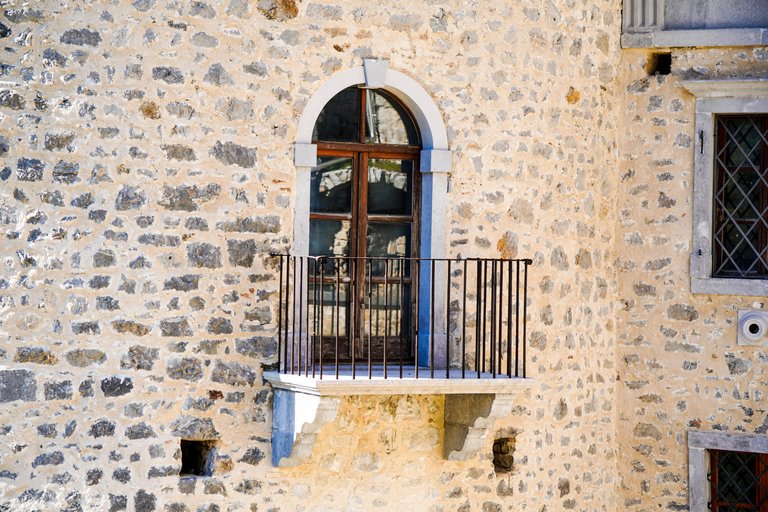
Enough history for now, let's back to the visit to the castle itself. There is an improvised parking area along the main road, where the trail turns off towards the castle. We left the car there and headed towards the castle entrance. The road climbs gently and after two minutes of easy walking we are in front of the castle entrance.
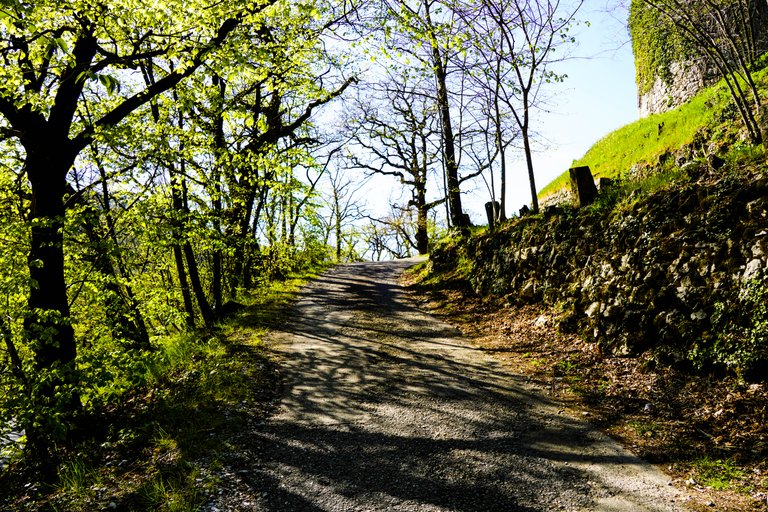
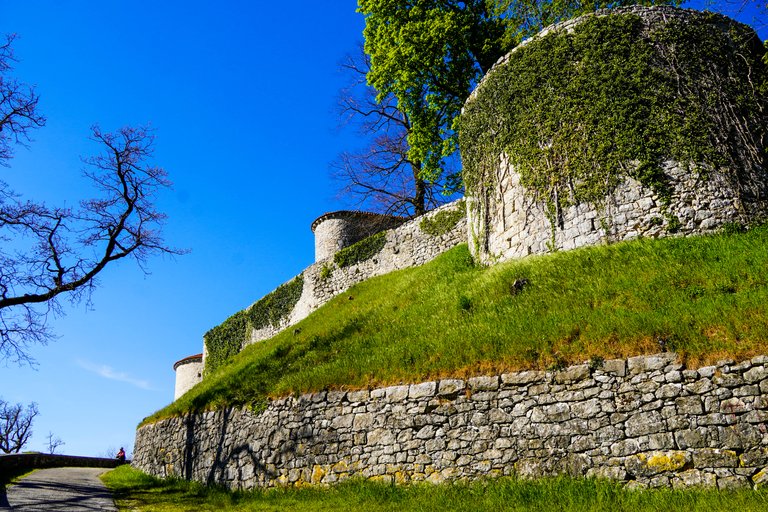
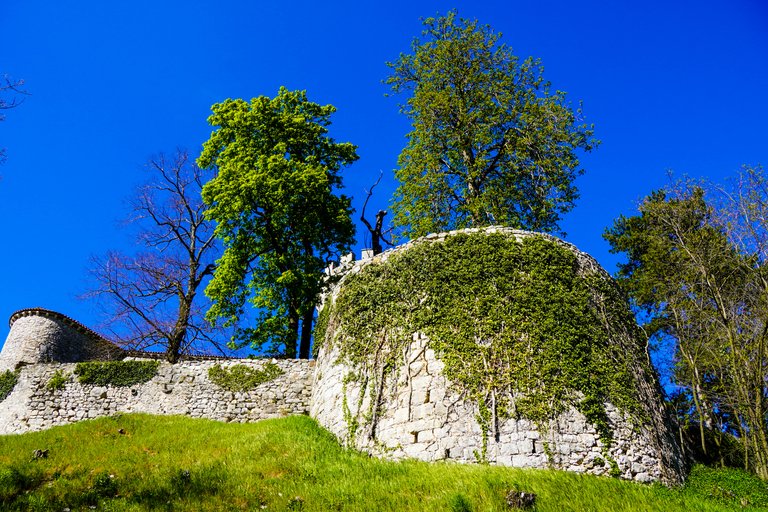
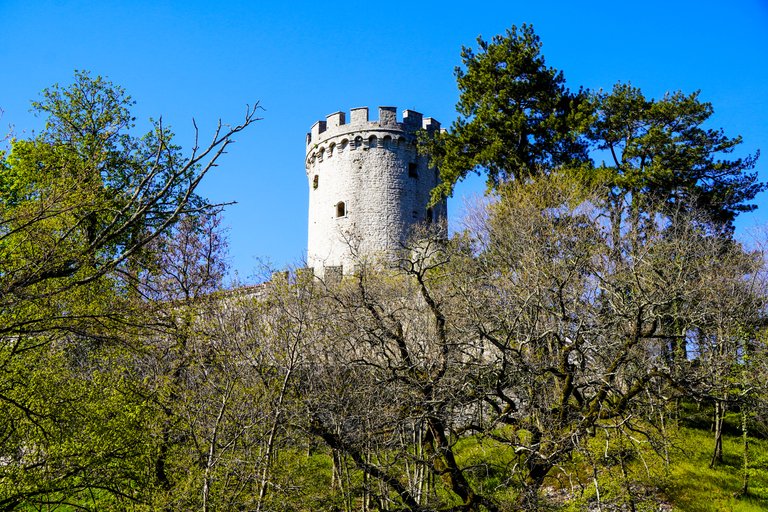
There we were greeted by a friendly man dressed in a medieval costume. He greeted us with a special greeting, a whistle through a cow's horn. What a sound! He briefly explained what we could see in the castle. He also mentioned that the castle had been given a much nicer look in the last year, as most of the castle roofs, the entrance building, part of the walls and some of the turrets had been restored. In the coming weeks, the newly renovated chapel will be opened to visitors.
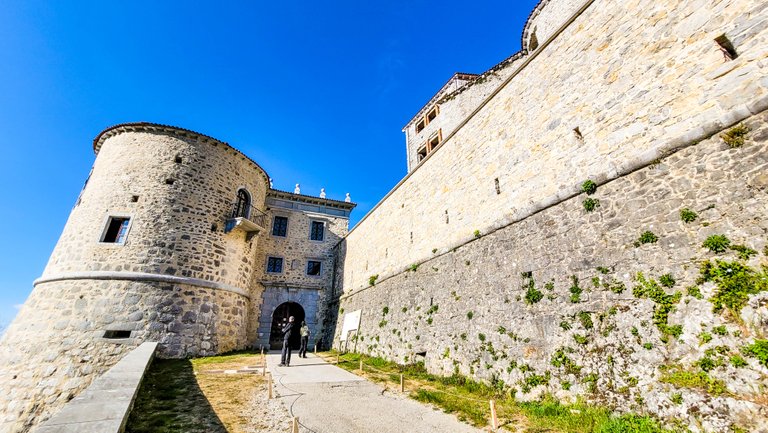
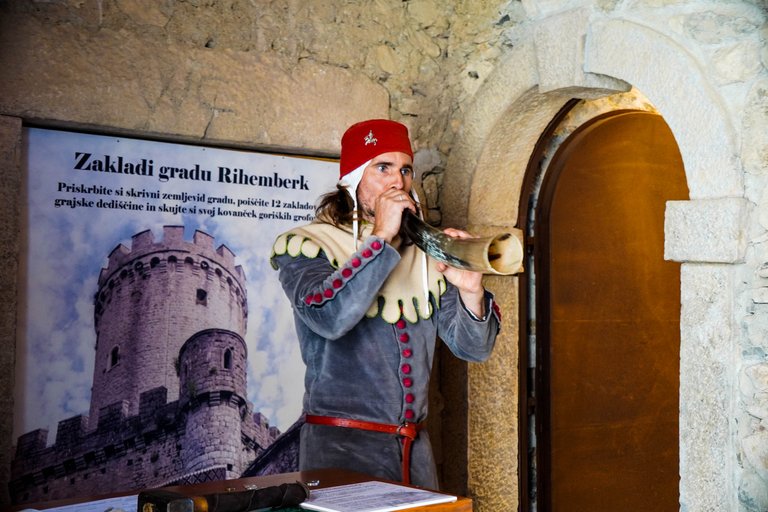
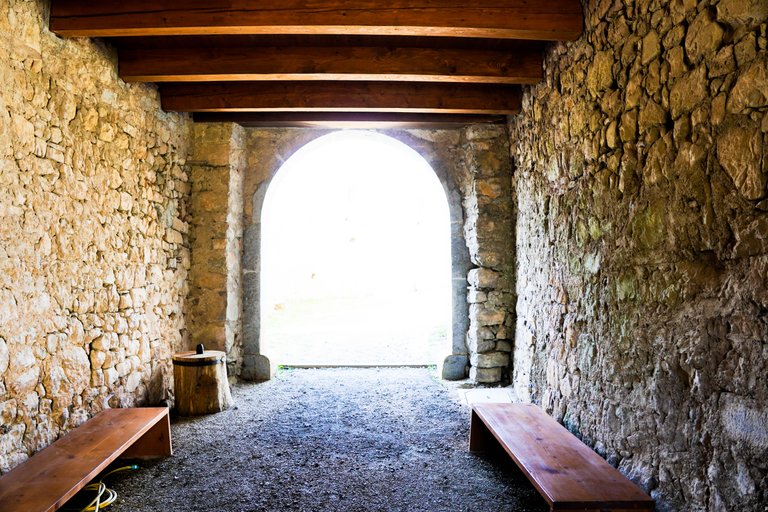

The route first take us through the bailey passage, which leads to the inner castle entrance. I saw the defence wall where the soldiers had their defensive positions.
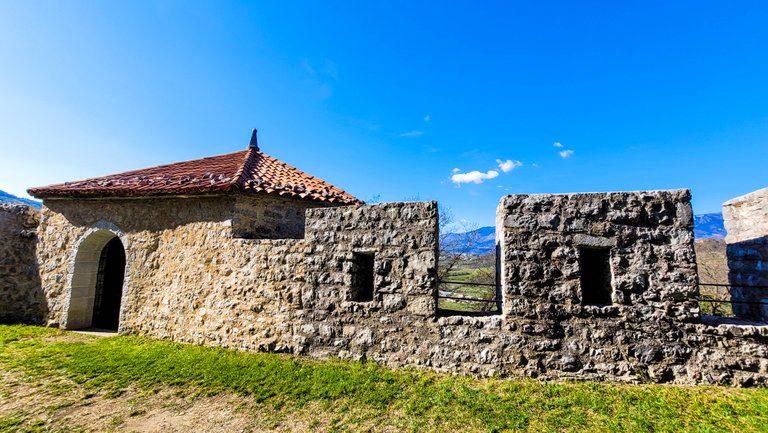
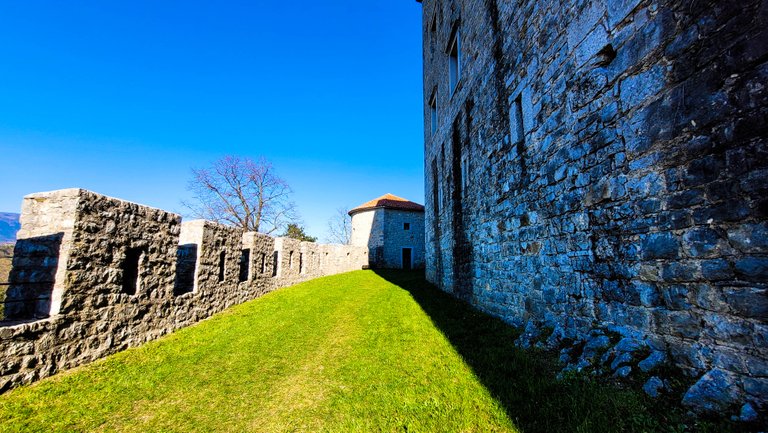
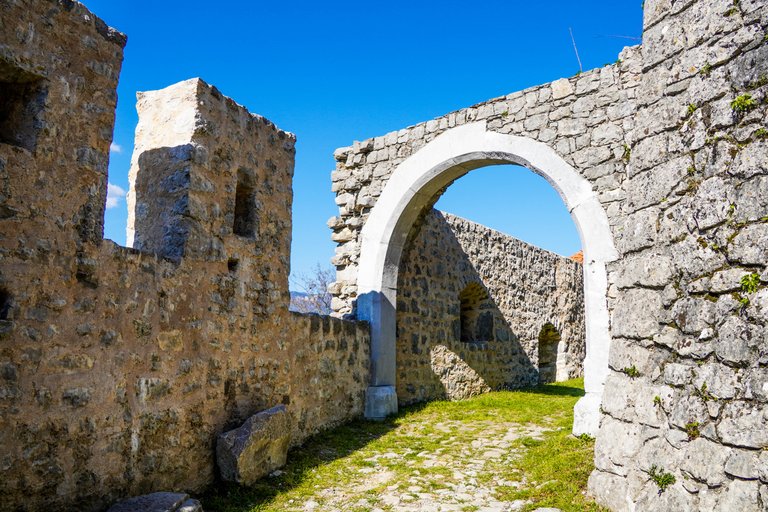

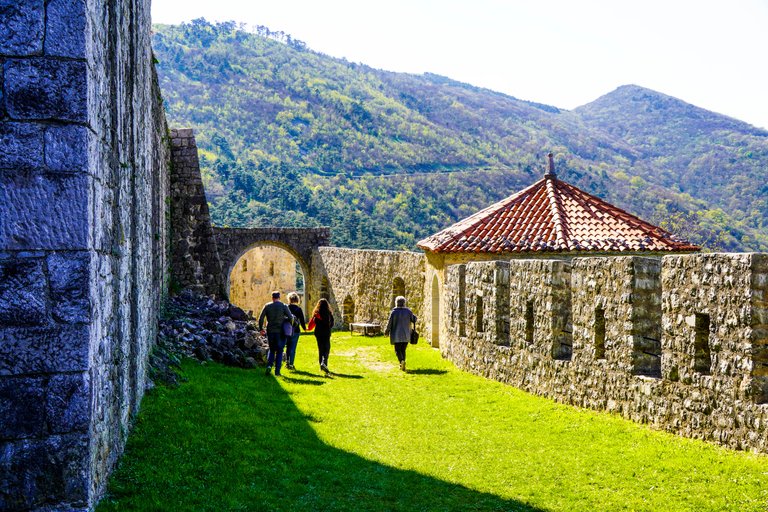
When we reached the inner castle entrance, we walked up the stairs to the main courtyard through a beautiful stone underpass with a stone archway.
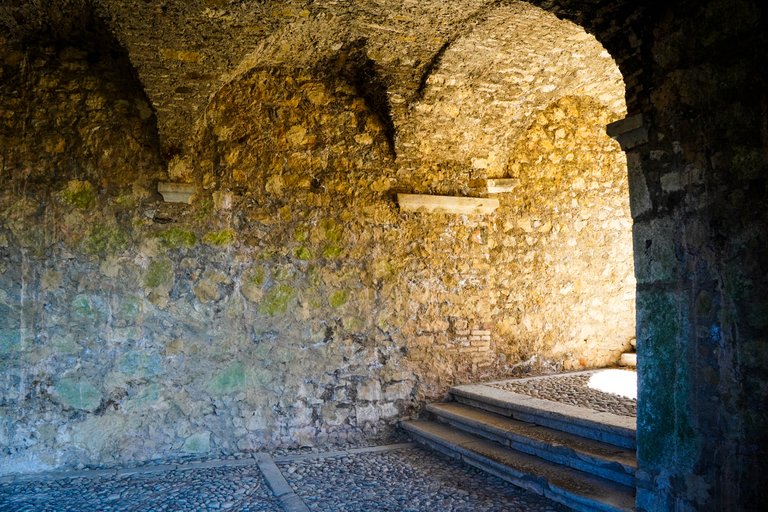
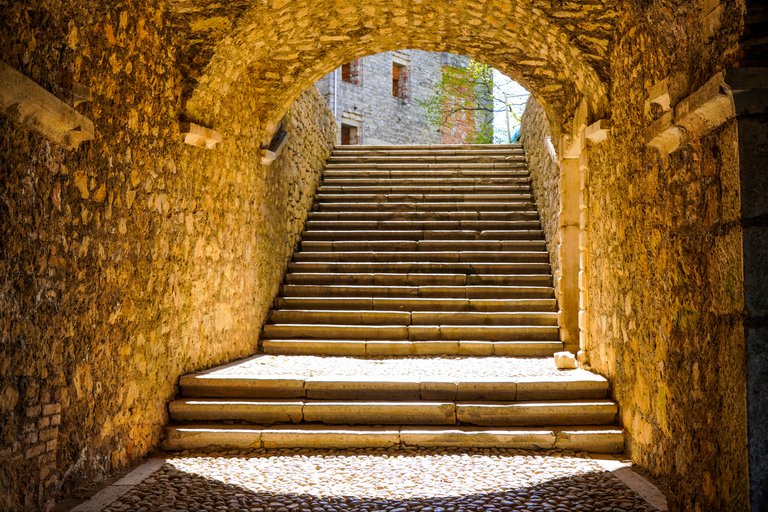
Here we had a view of the main castle building and the castle courtyard. The palace has been restored in the Renaissance style of the 16th century.
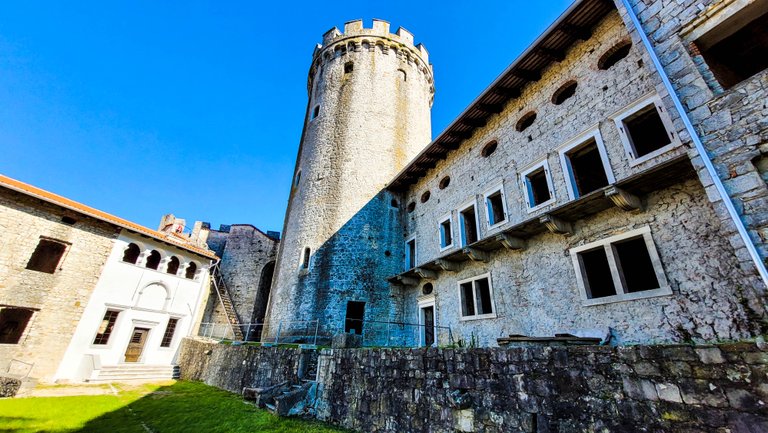
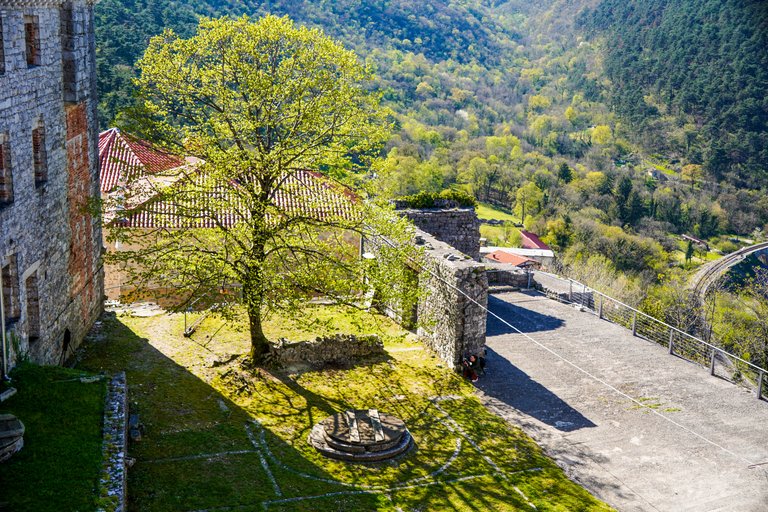
The grassy ground creates a special, calming atmosphere. A tree is planted in the centre of the courtyard, creating a pleasant shade with its canopy..
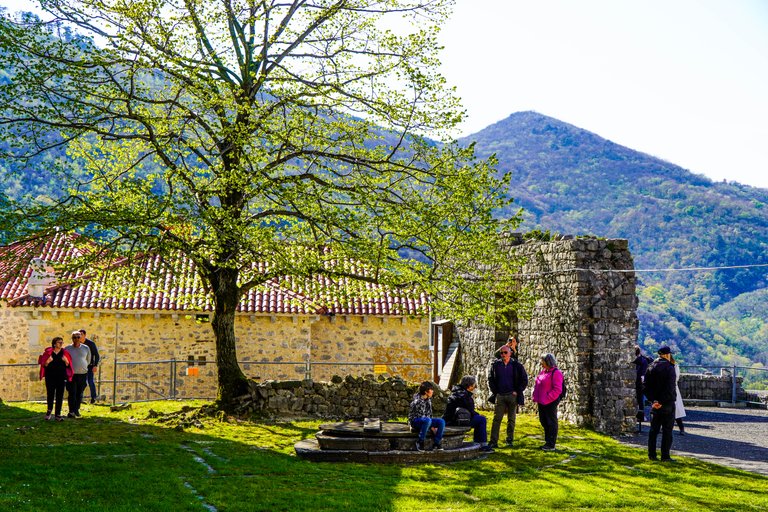
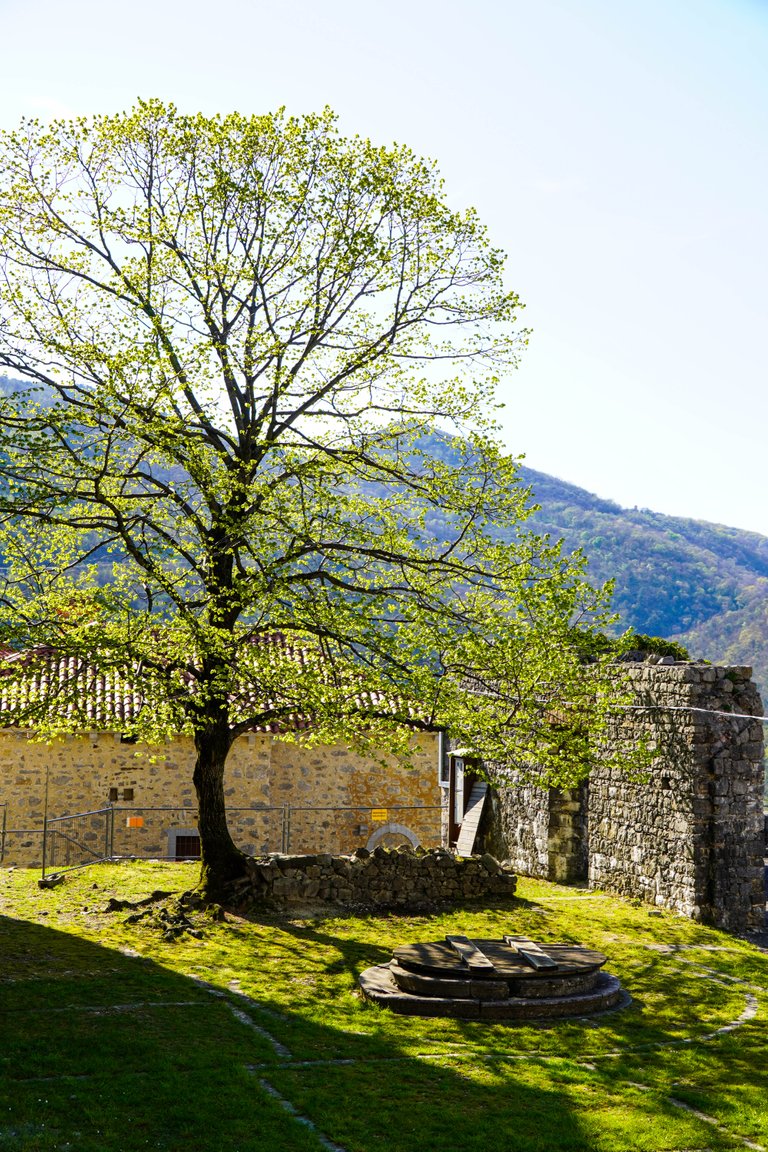
In the shade, I saw a stone well, which used to be the only source of drinking water.
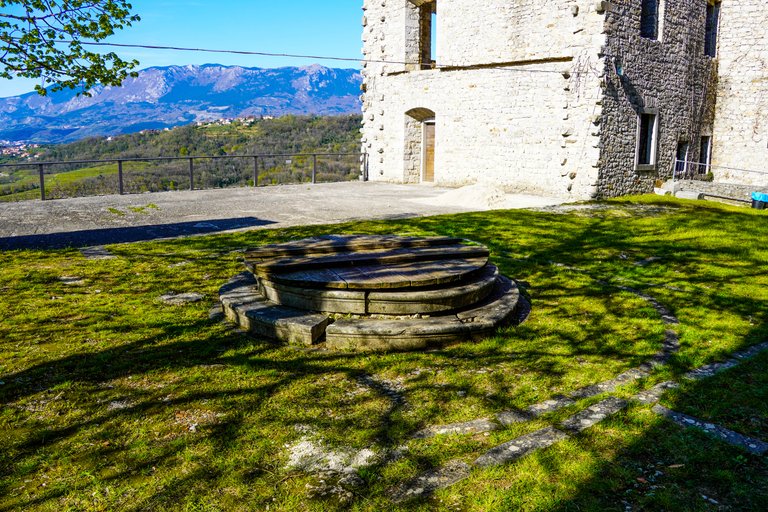
But it was impossible to miss the imposing castle tower, rising majestically above the main courtyard. The castle boasts the tallest castle tower in Slovenia, which is 30 metres according to the latest measurements, but 27 metres officially. I was fascinated by the thickness of its walls, which are 3 metres thick.
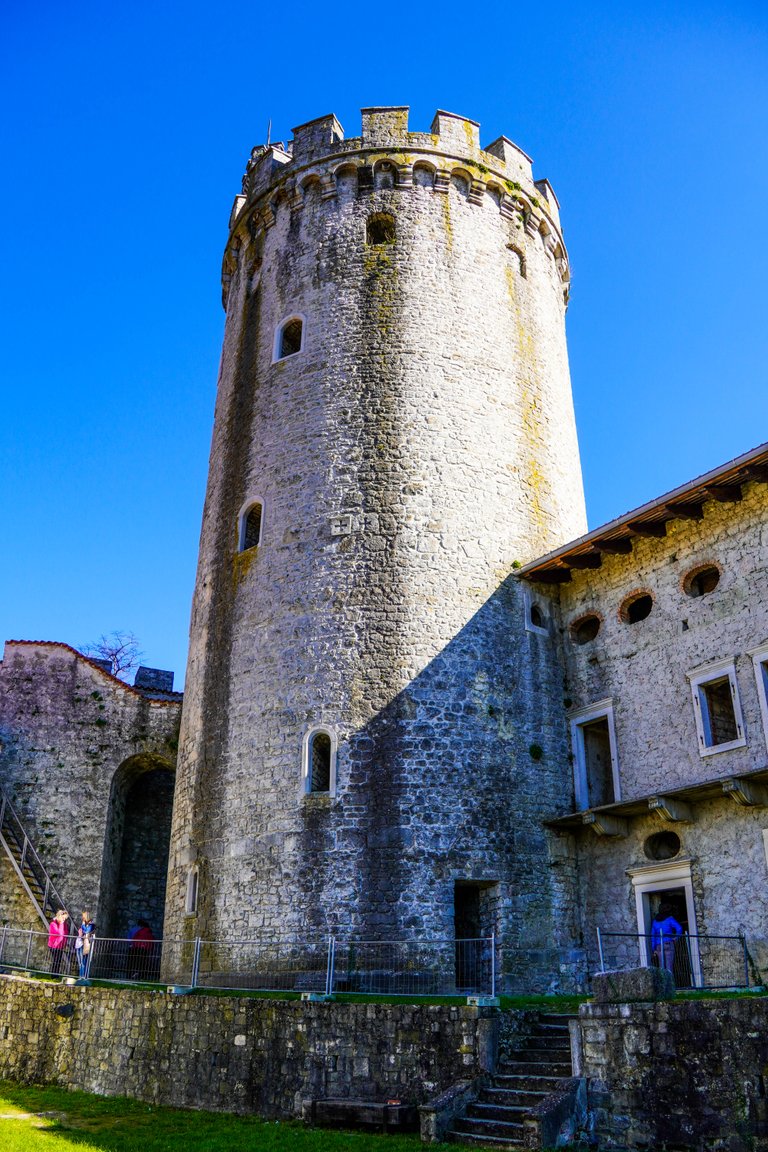
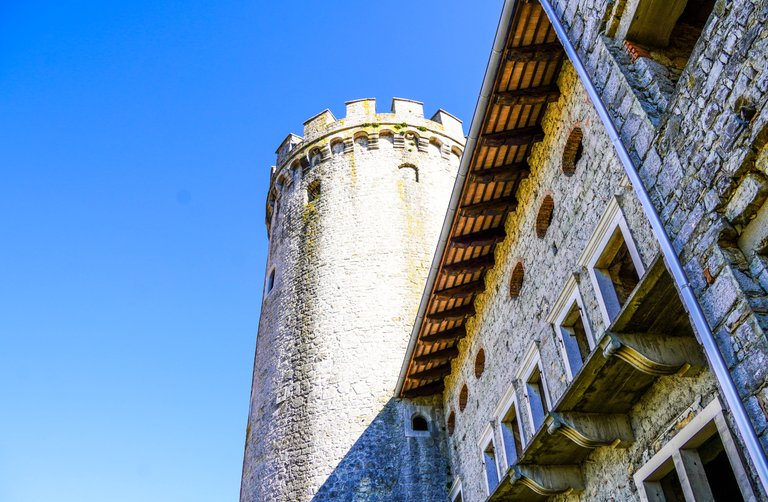
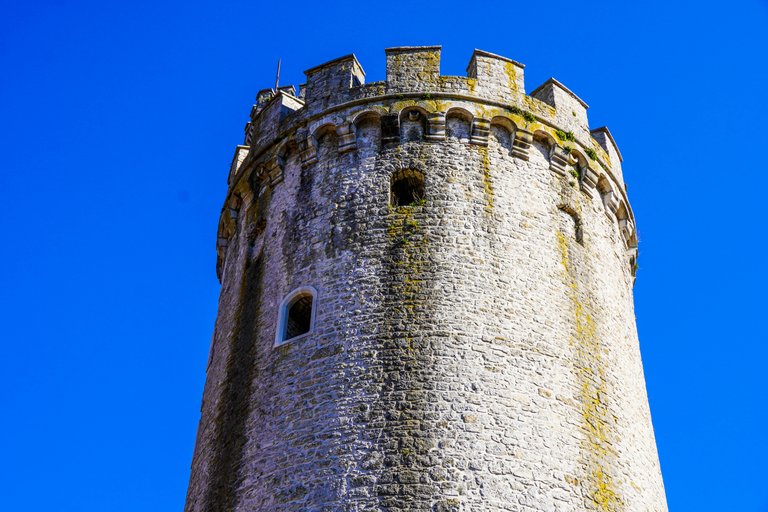
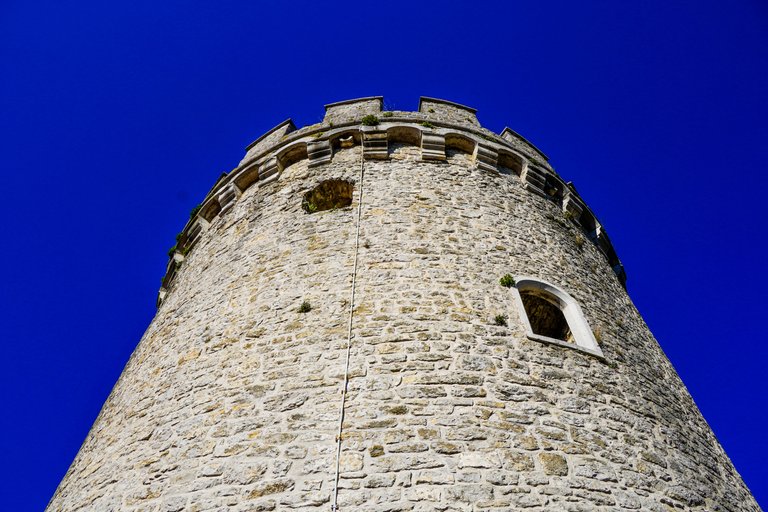
The tower is empty inside, but its walls are very picturesque. The stones with which it is built create beautiful lines and patterns, a feast for the eyes.
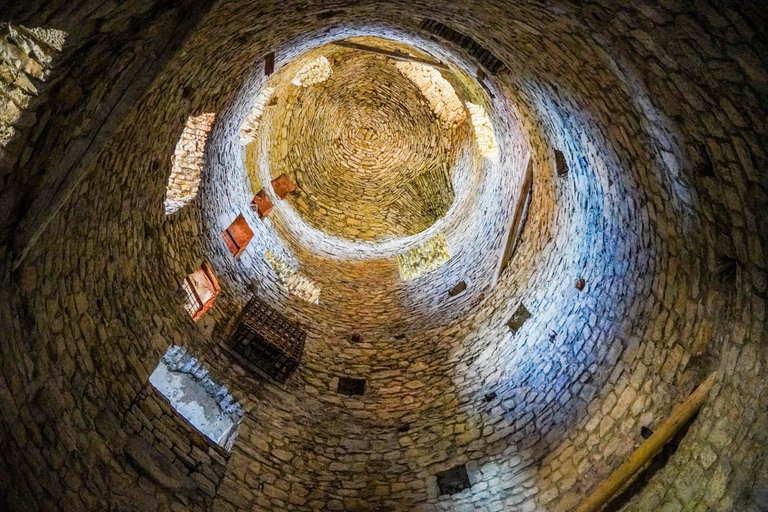
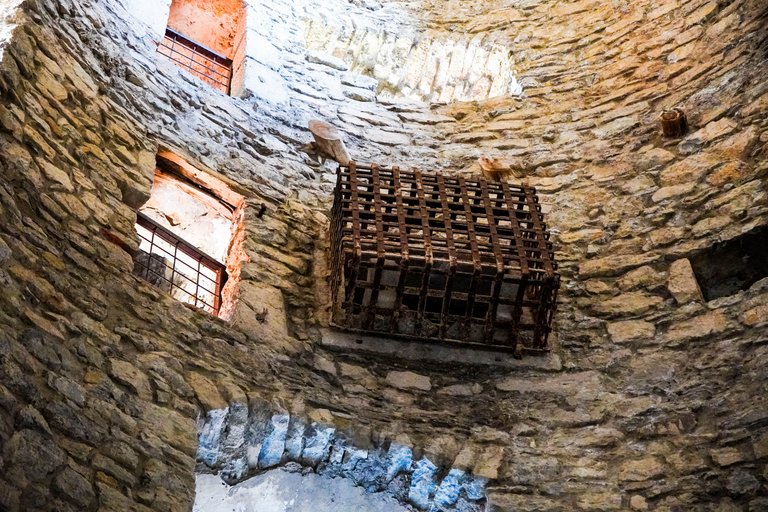
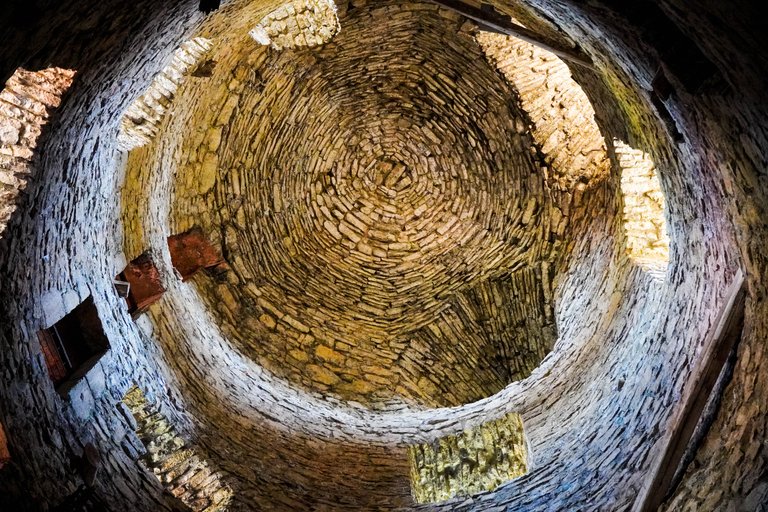
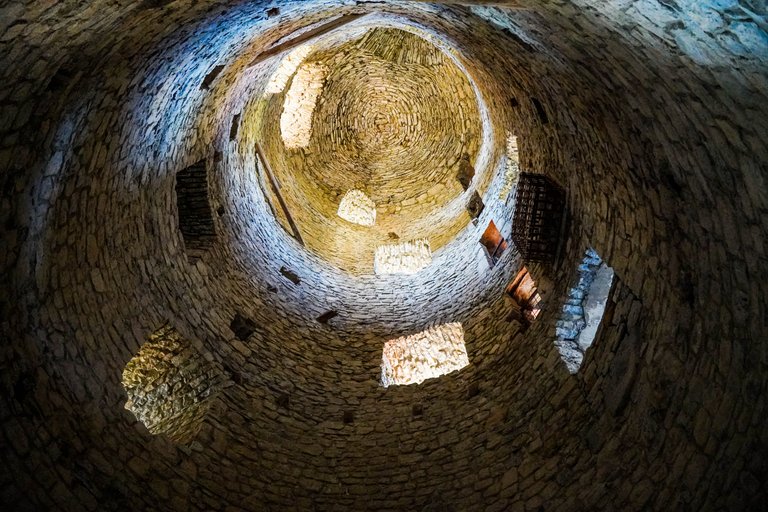
Later, I went up to the first level of the walls and admired the space inside the tower from a different, higher perspective.
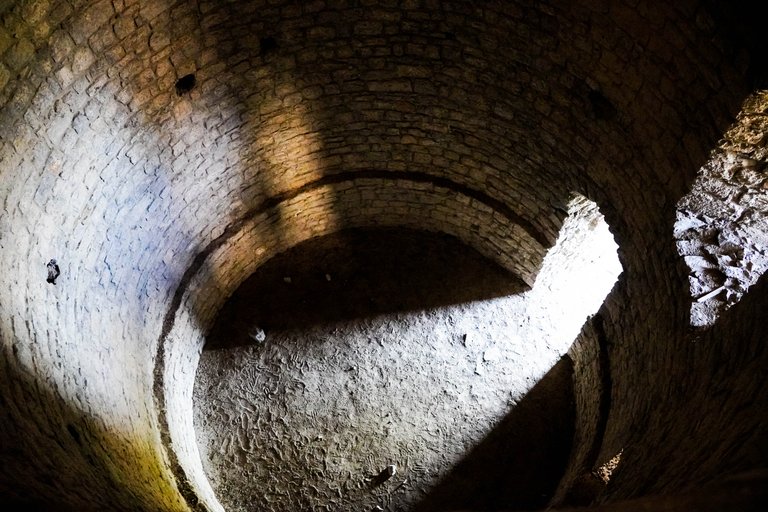
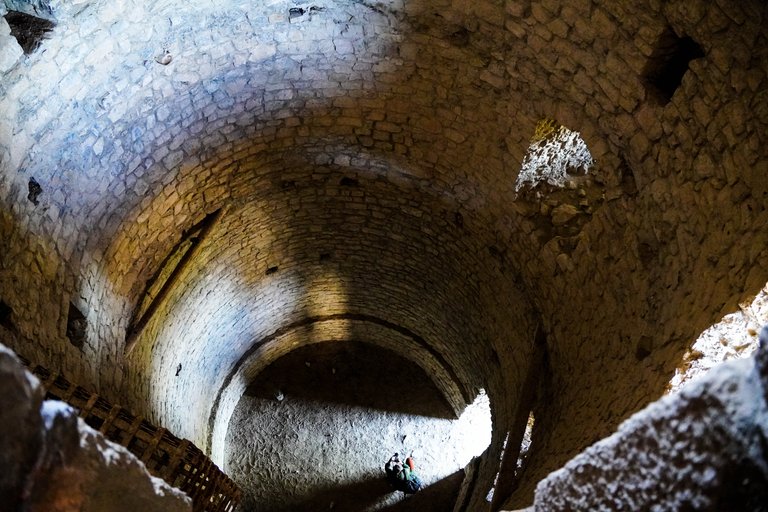
How did I get to the top of the tower if there are no stairs inside? Let me tell you, there are narrow circular staircases that wind within the walls of the tower, leading up to the top of the tower. The stairs run along the edge of the tower, inside the wall itself, and are very narrow and steep. Believe me, they are so narrow that I did not have the opportunity to take a photo inside. When I got to the top, I was at the highest point of the castle, from where I had a magnificent view of the surrounding Vipava valley, and the hills of the Karst.
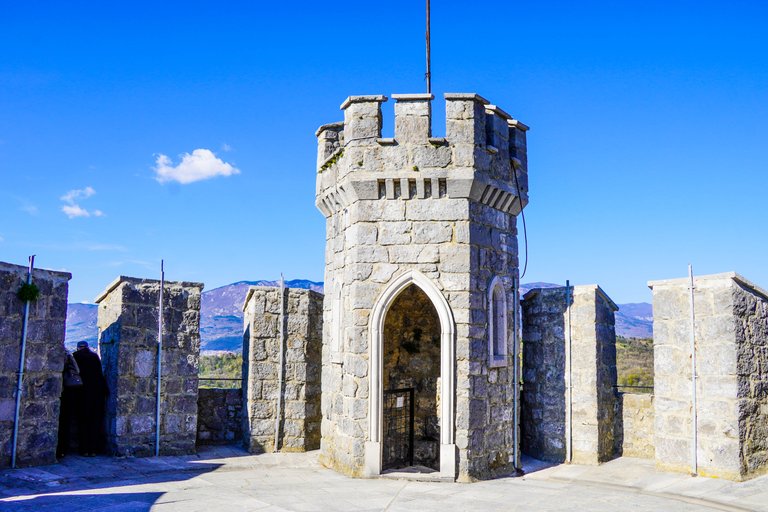
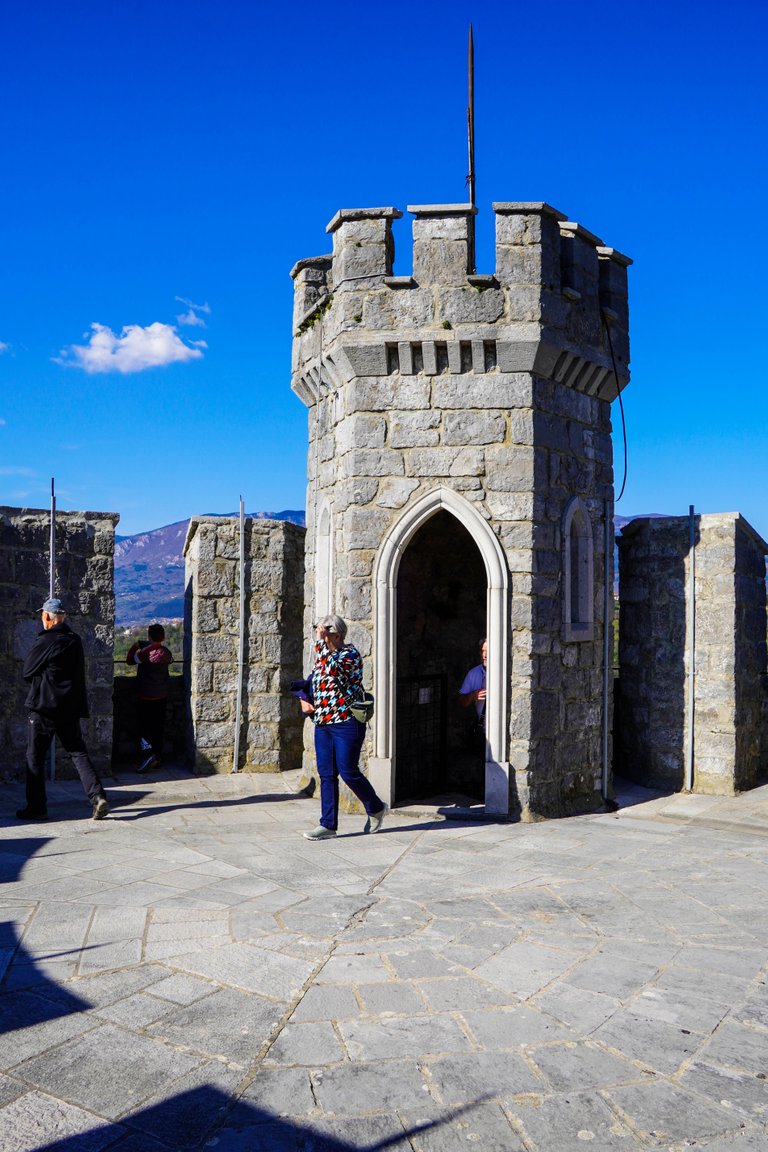
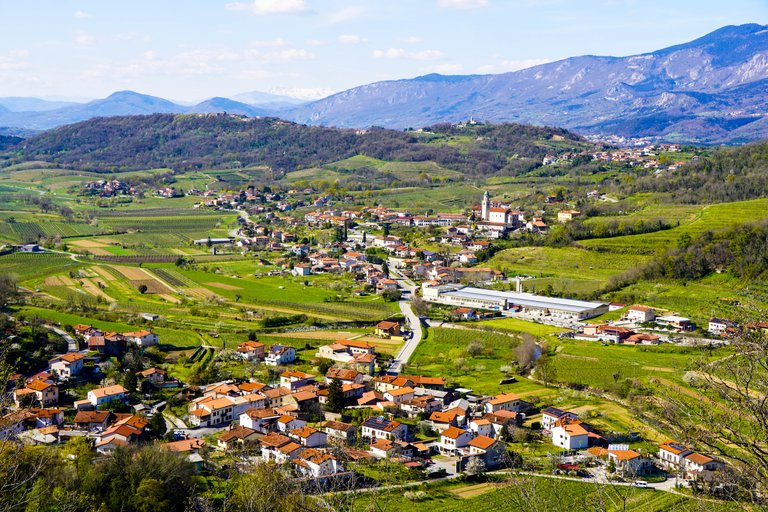
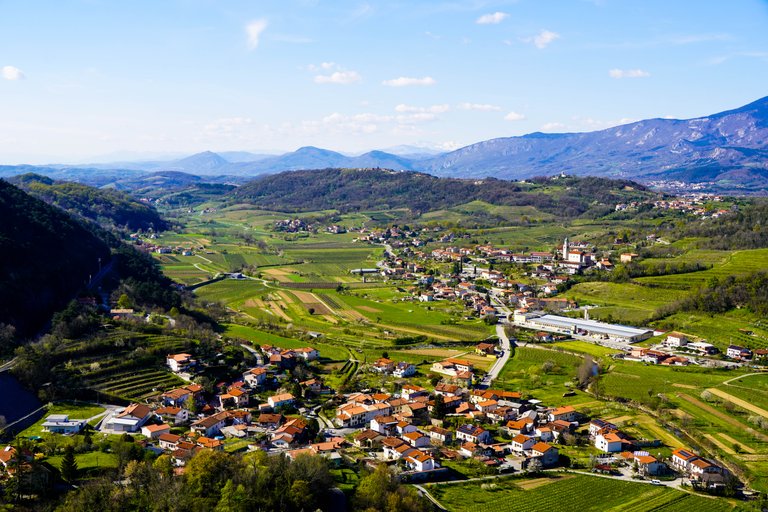
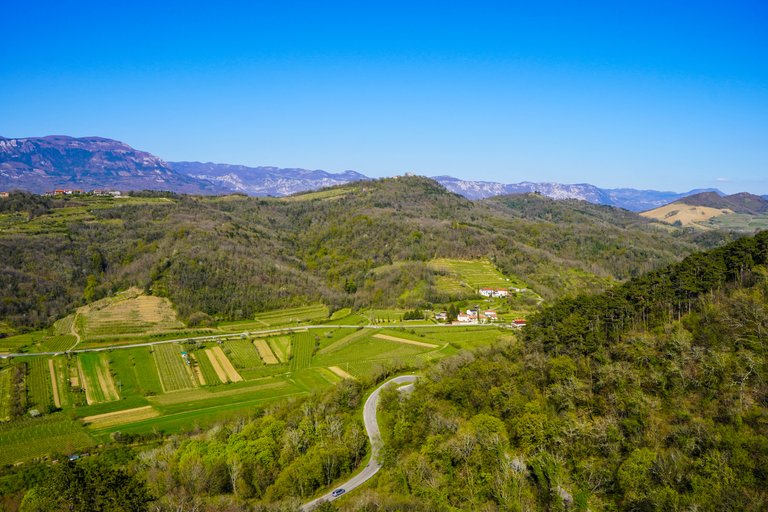
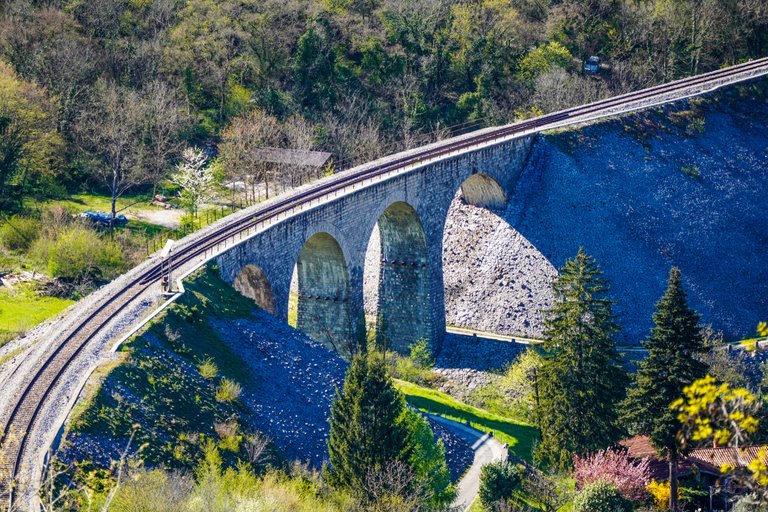
What caught my eye were the two roofs of the buildings under the tower, which were made of stone and, in my opinion, are a marvellous architectural achievement of the time. The Karst area is characterised using stones in construction, as this is a material that is abundant in the area.

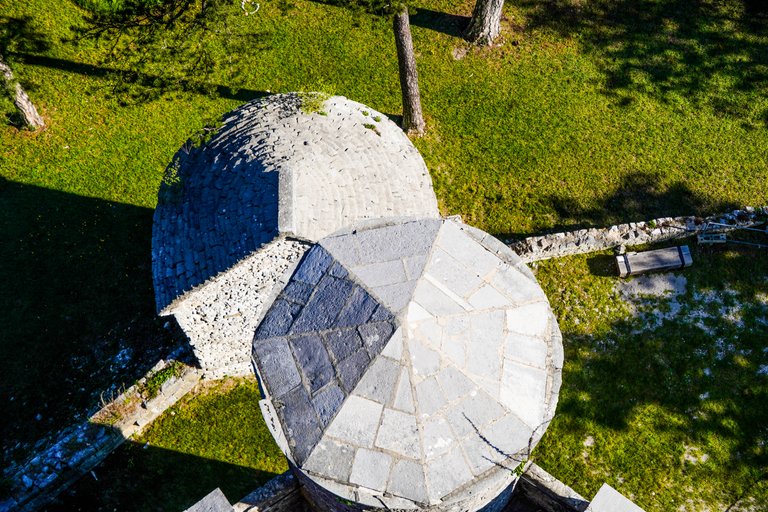
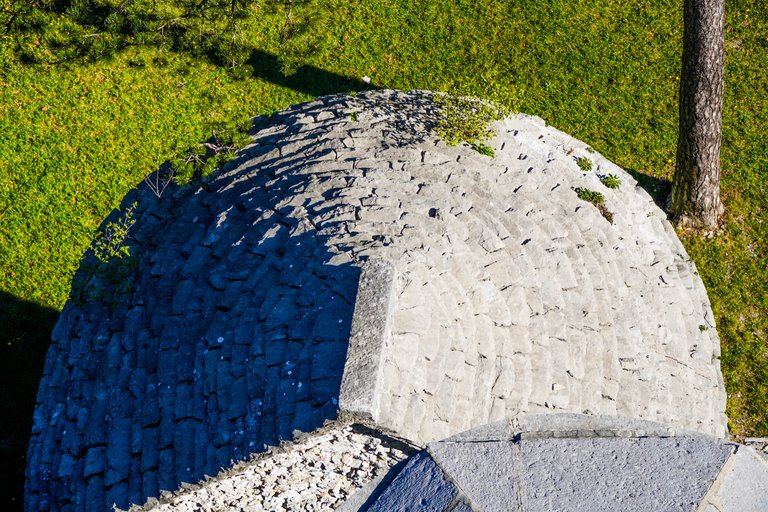
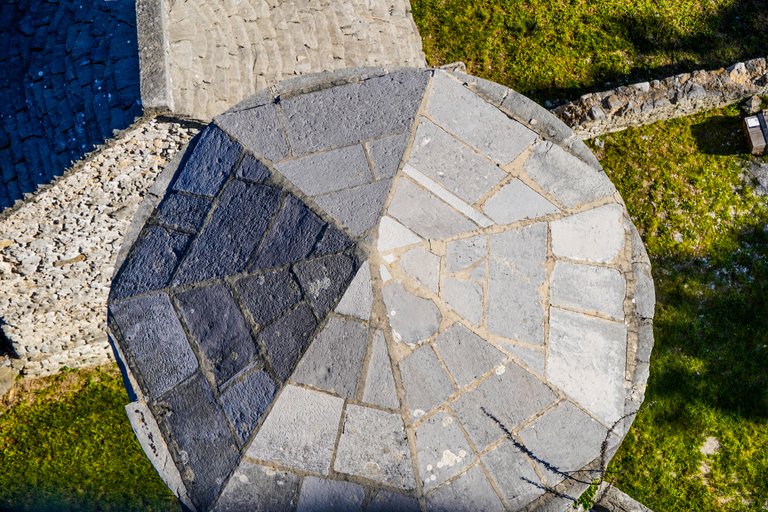
The entire castle is surrounded by Renaissance walls. I walked around the fortified walls surrounding the main tower of the castle. There are also beautifully preserved watchtowers, where soldiers held their positions and guarded the castle, and had a full view of the castle surroundings.
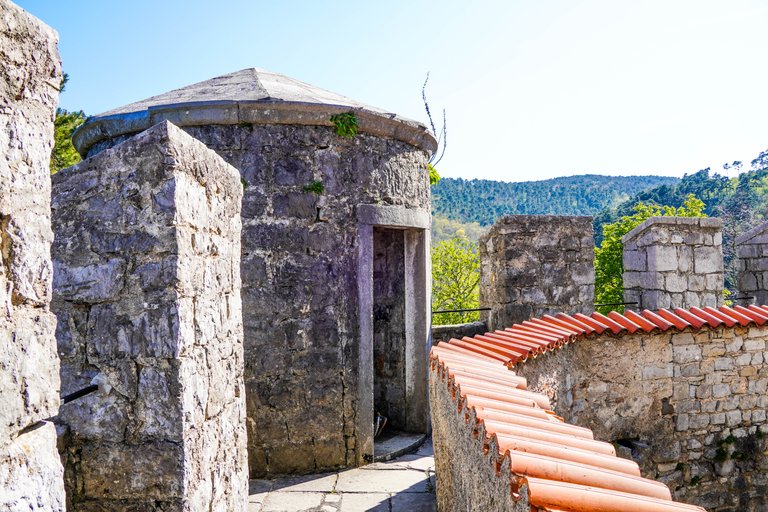
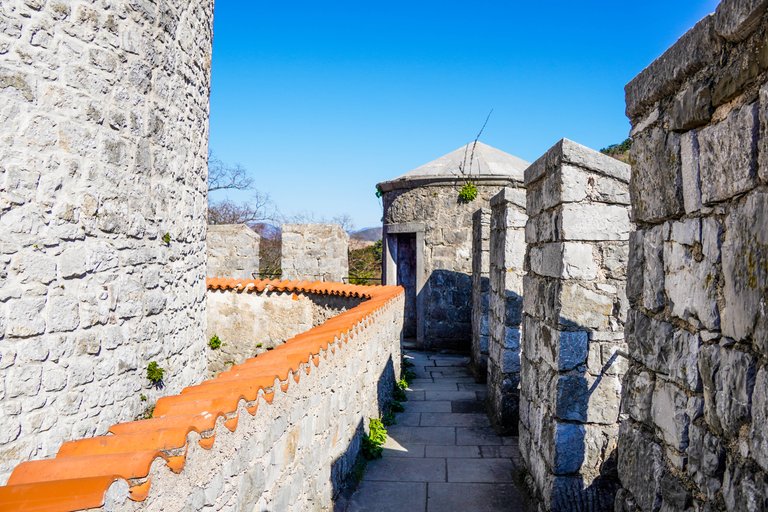
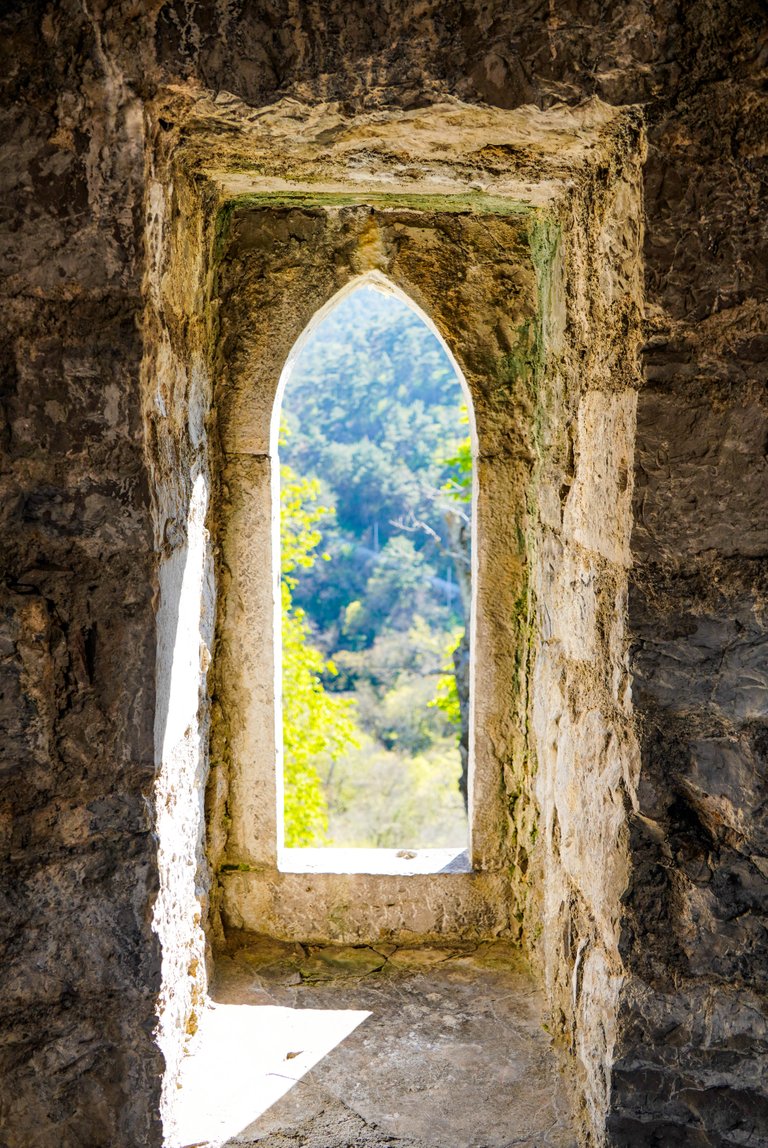
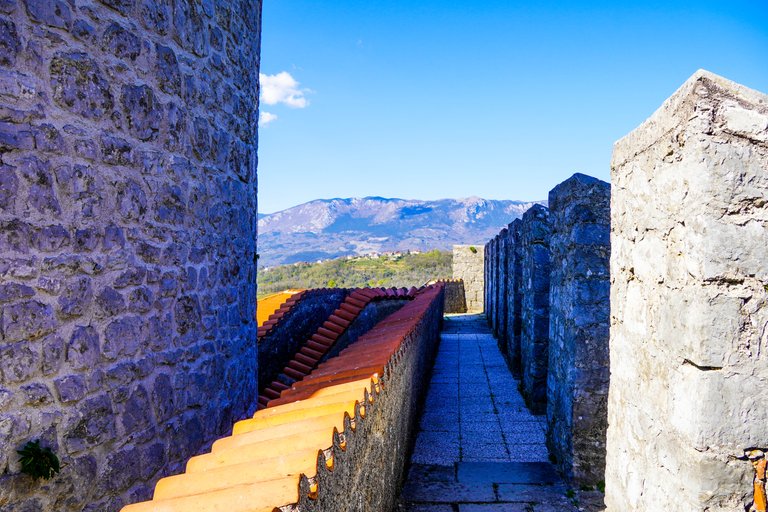
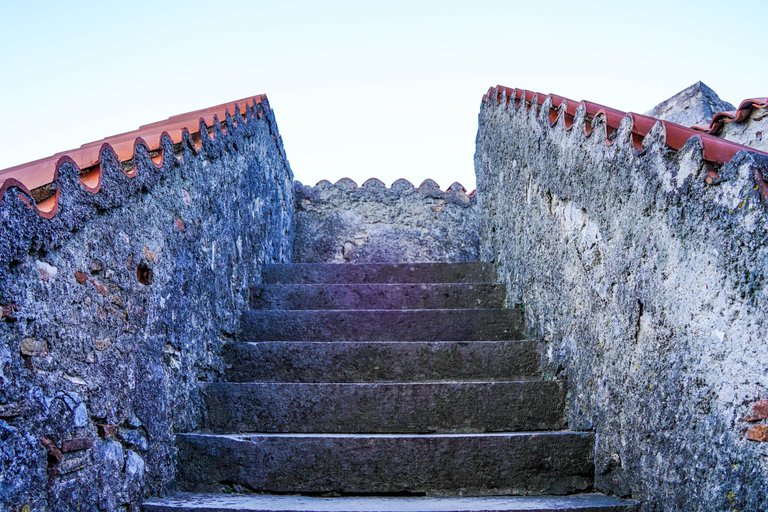
The view of the surrounding countryside is also breath-taking from here.
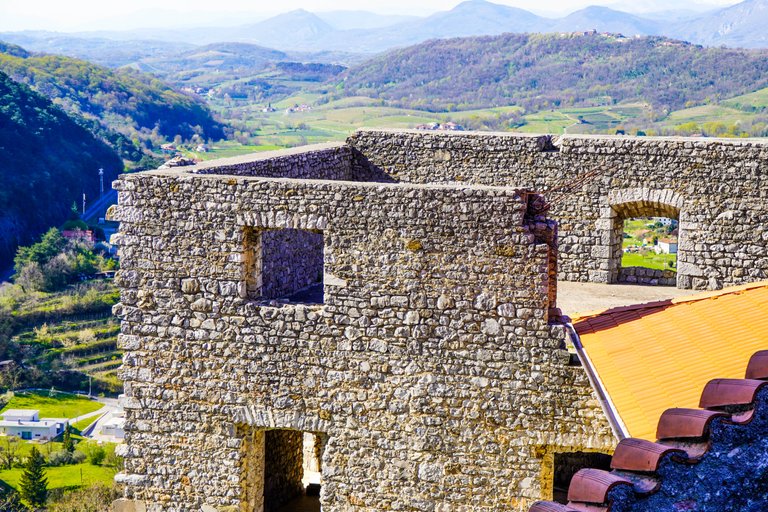
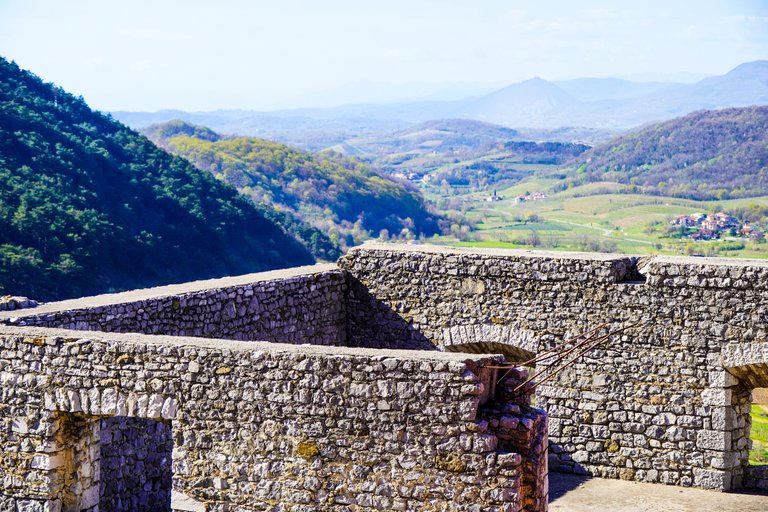
In the castle courtyard, next to the main tower, there is a built-up castle chapel, which will soon open its doors to visitors in a new, renovated guise. I was not allowed to enter it during my visit, but I was able to look at the interior through the chapel window.
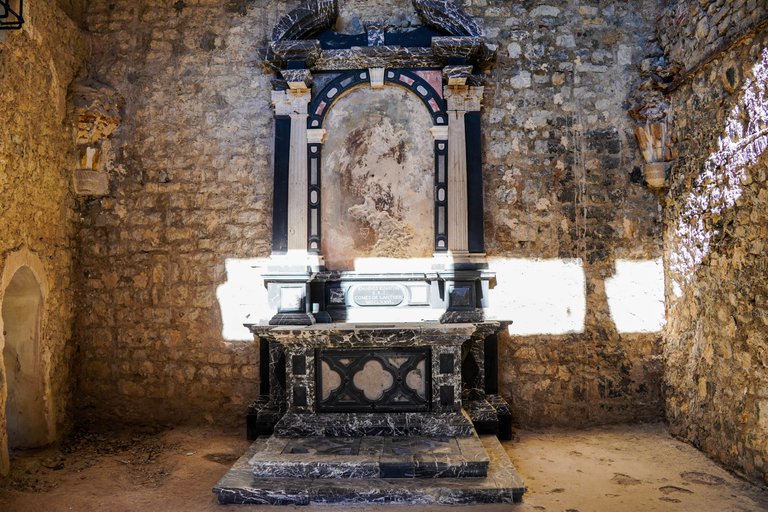
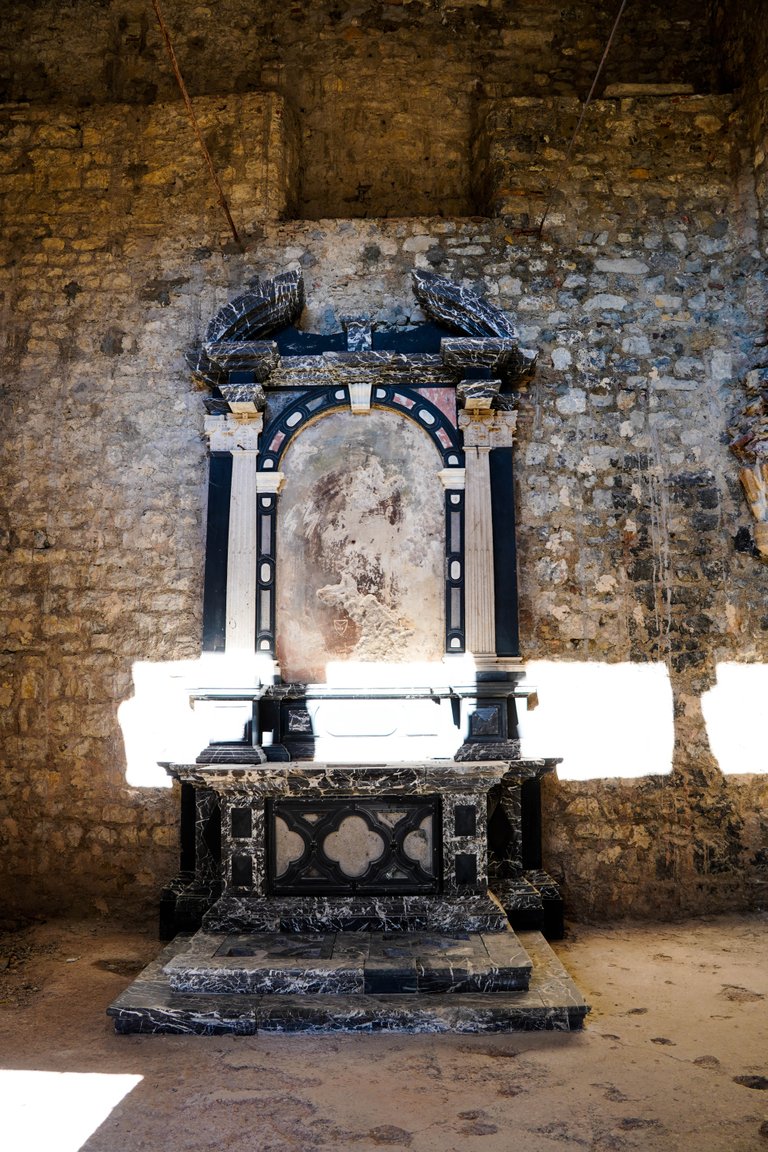
At the back of the castle there is an inner castle garden where the lords of the castle could take a rest. We also enjoyed doing this for 10 minutes 😀.
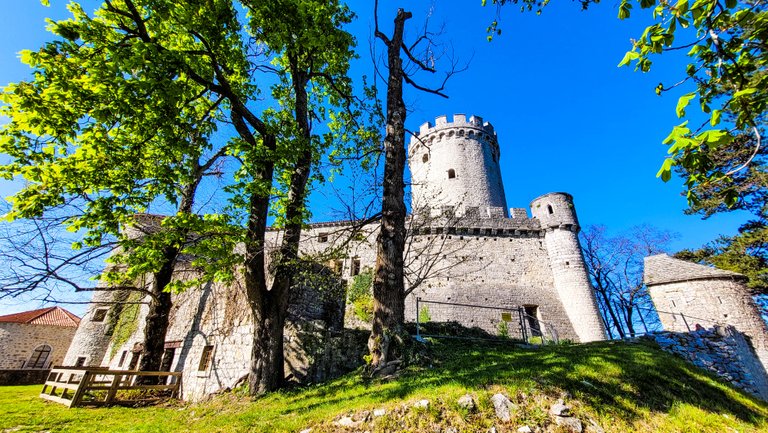
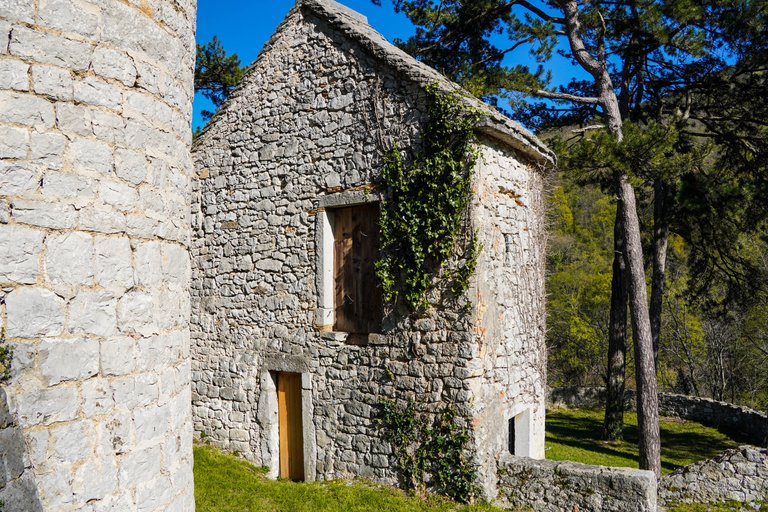
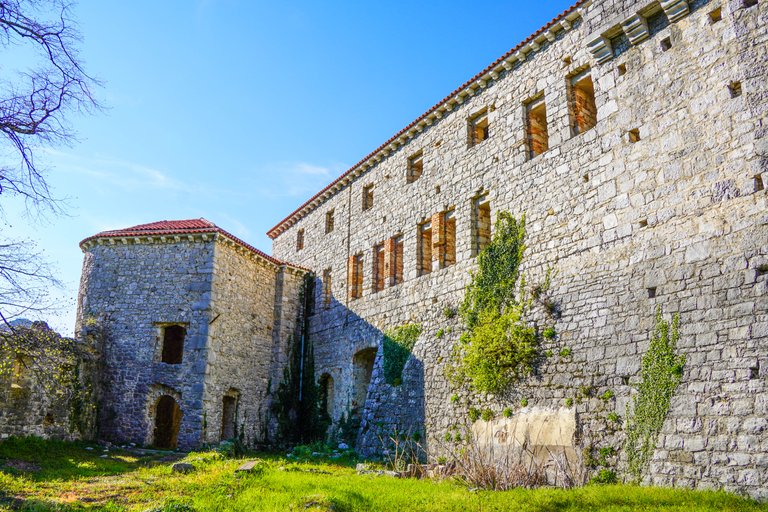
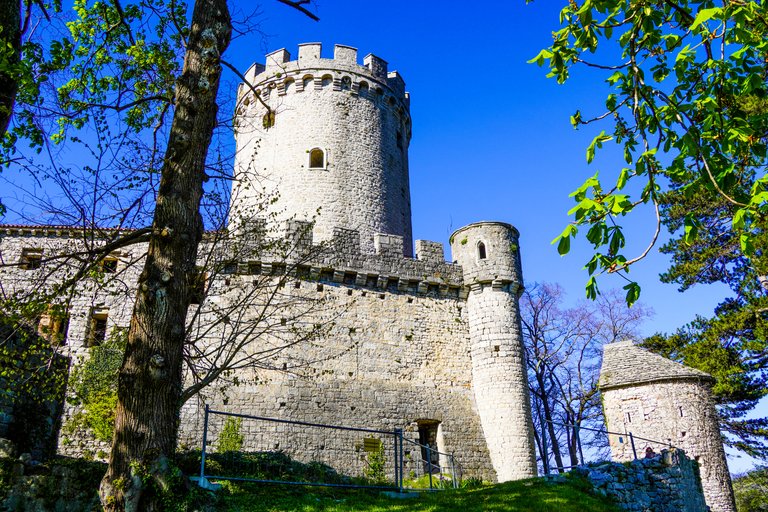
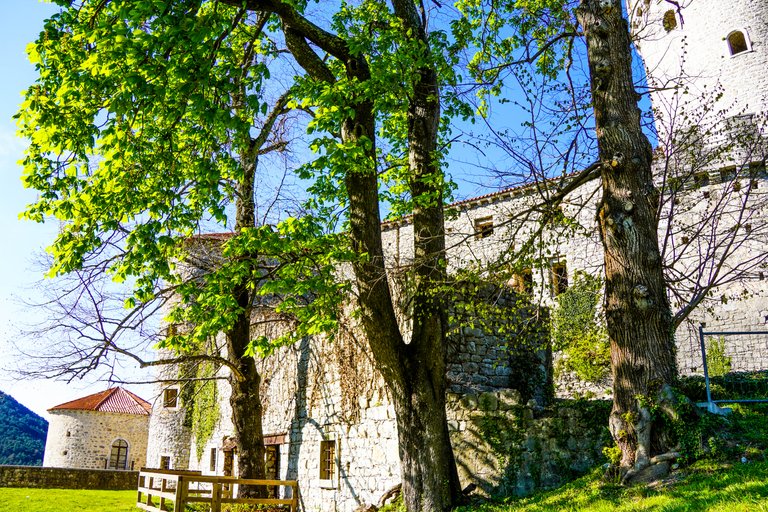
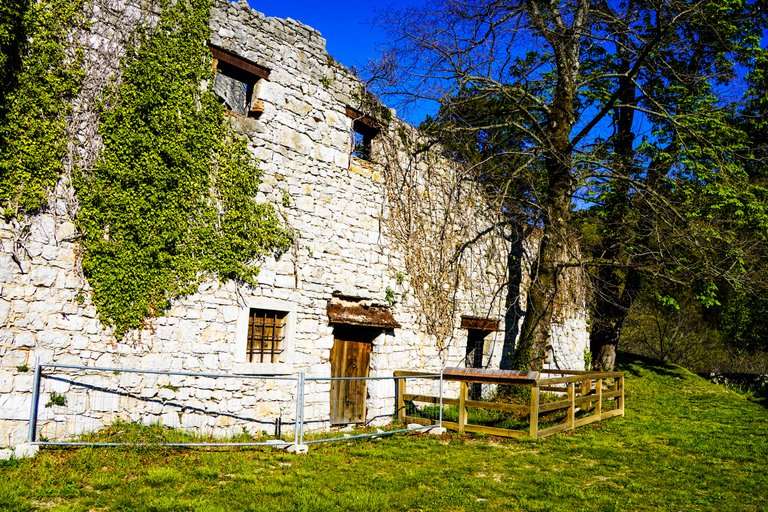
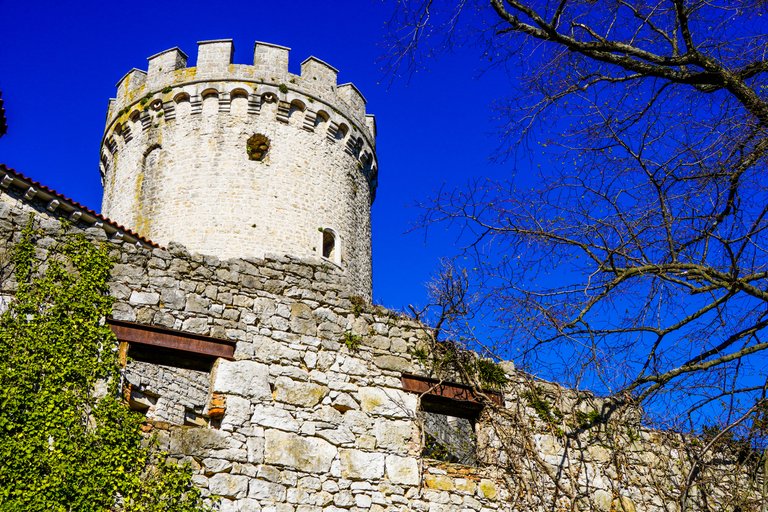
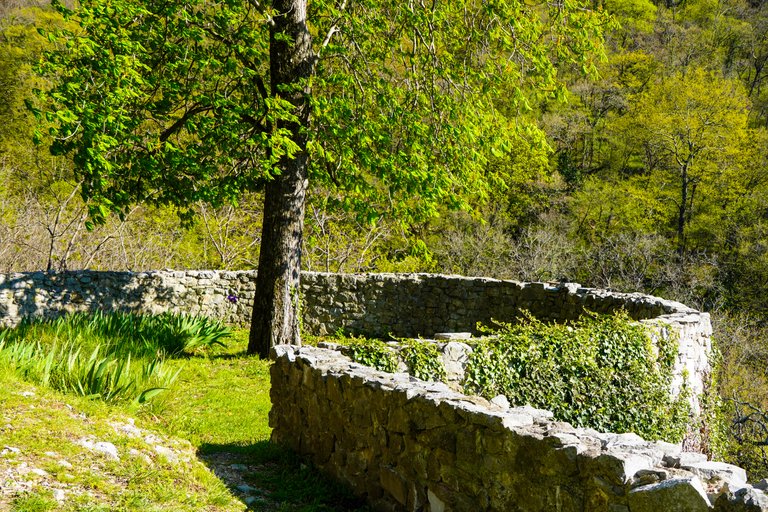
Rihemberk Castle and its surroundings are included in the Natura 2000 project, which aims to ensure the long-term conservation of natural habitats, flora and fauna, and thus preserve the natural heritage. Rihemberk Castle is known to be home to various species of bats, but unfortunately, we have not been able to experience this ourself. I only made a few photos of the information boards showing the different species of bats that live here and a posted photo of a bat. Later at home, I did some research and found out that bats are cold-blooded animals, so they survive the winter by retreating to a shelter where the temperature is above freezing. Apparently, they haven't woken up yet this year and are a little late 😴.
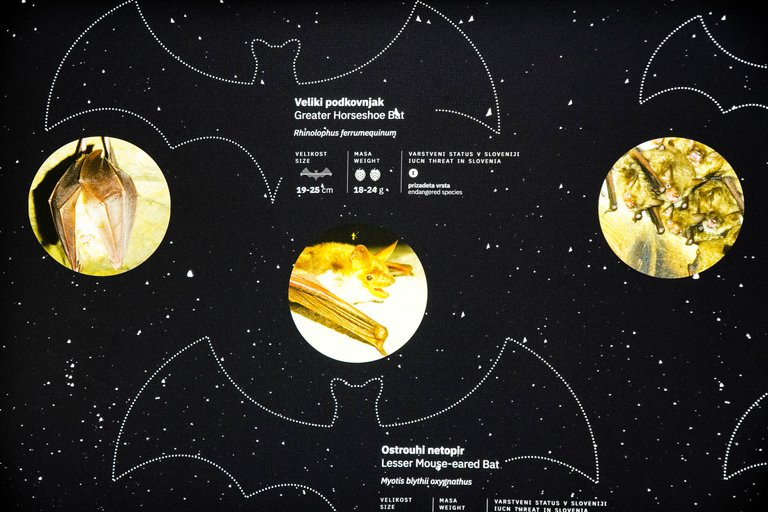
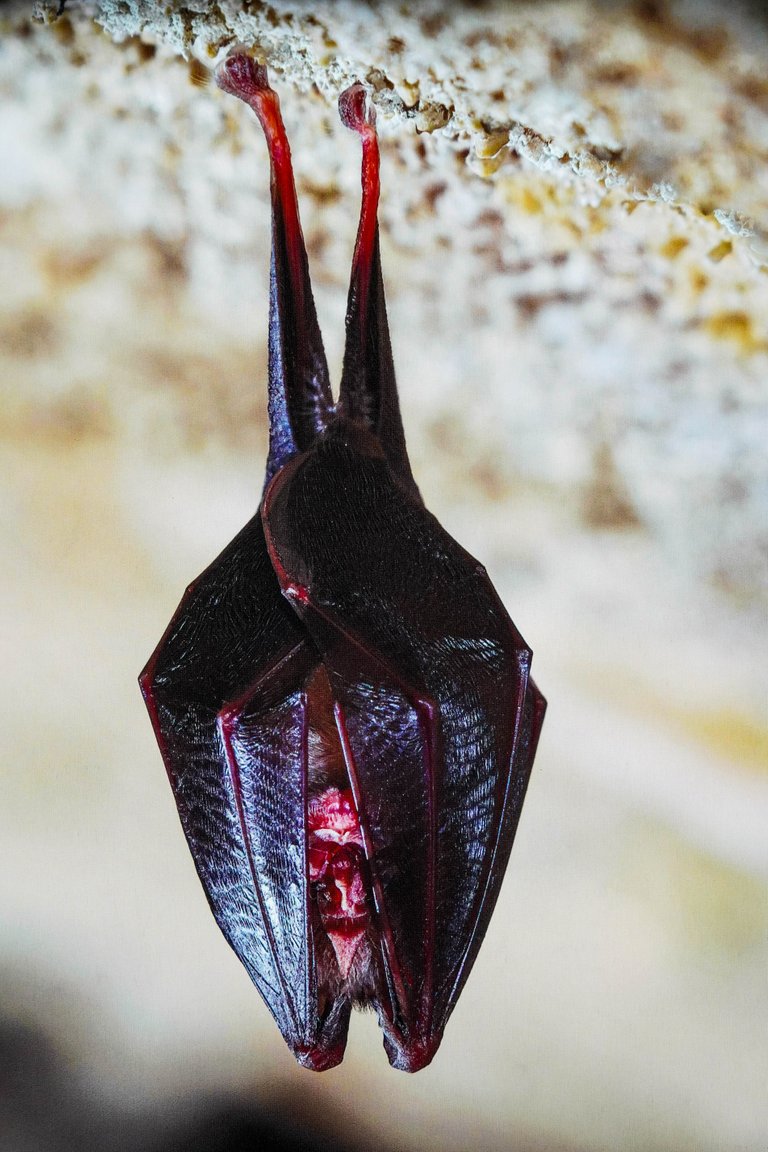
Visit Rihemberk Castle and experience the magic of the past. The castle is also a great starting point for a hike or cycle ride along Karst or the Vipava Valley. You can even rent the castle and organise your own wedding, birthday party, business event or even a crazy private party.
Thanks for reading,
feel free to leave a comment, I will be glad to reply to.
Best regards, @miljo76



